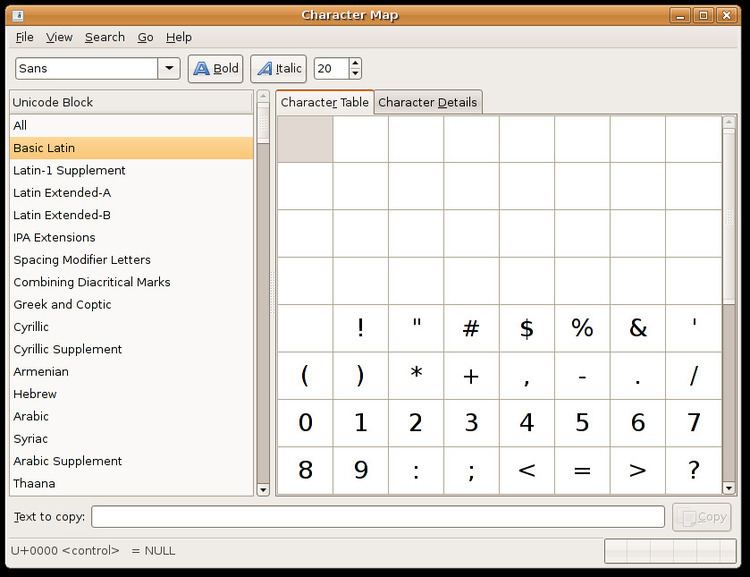 | ||
ISO 15919 "Transliteration of Devanagari and related Indic scripts into Latin characters" is one of a series of international standards for romanization. It was published in 2001 and uses diacritics to map the much larger set of consonants and vowels in Brahmic scripts to the Latin script.
Contents
Relation to other systems
ISO 15919 is an international standard on the romanization of many Brahmic scripts, which was agreed upon in 2001 by a network of the national standards institutes of 157 countries. However, the Hunterian transliteration system is the "national system of romanization in India" and a United Nations expert group noted about ISO 15919 that "there is no evidence of the use of the system either in India or in international cartographic products."
Another standard, United Nations Romanization Systems for Geographical Names (UNRSGN), was developed by the United Nations Group of Experts on Geographical Names (UNGEGN) and covers many Brahmic scripts.
The ALA-LC romanization was approved by the Library of Congress and the American Library Association and is a US standard. The International Alphabet of Sanskrit Transliteration (IAST) is not a standard (as no specification exists for it) but a convention developed in Europe for the transliteration of Sanskrit rather than the transcription of Brahmic scripts.
As a notable difference, both international standards, ISO 15919 and UNRSGN transliterate anusvara as ṁ, while ALA-LC and IAST use ṃ for it. However, ISO 15919 provides guidance towards disambiguating between various anusvara situations (such as labial versus dental nasalizations), which is described in the table below.
Comparison with UNRSGN and IAST
The table below shows the differences between ISO 15919, UNRSGN and IAST for Devanagari transliteration.
Font support
Only certain fonts support all Latin Unicode characters for the transliteration of Indic scripts according to this standard. For example, Tahoma supports almost all the characters needed. Arial and Times New Roman font packages that come with Microsoft Office 2007 and later also support most Latin Extended Additional characters like ḑ, ḥ, ḷ, ḻ, ṁ, ṅ, ṇ, ṛ, ṣ and ṭ.
Computer input by selection from a screen
Further Information: Unicode input#Selection from a screen
Many systems provide a way to select Unicode characters visually. ISO 14755 refers to this as a screen-selection entry method.
Microsoft Windows has provided a Unicode version of the Character Map program (find it by hitting ⊞ Win+R then type charmap then hit ↵ Enter) since version NT 4.0 – appearing in the consumer edition since XP. This is limited to characters in the Basic Multilingual Plane (BMP). Characters are searchable by Unicode character name, and the table can be limited to a particular code block. More advanced third-party tools of the same type are also available (a notable freeware example is BabelMap).
macOS provides a "character palette" with much the same functionality, along with searching by related characters, glyph tables in a font, etc. It can be enabled in the input menu in the menu bar under System Preferences → International → Input Menu (or System Preferences → Language and Text → Input Sources) or can be viewed under Edit → Emoji & Symbols in many programs.
Equivalent tools – such as gucharmap (GNOME) or kcharselect (KDE) – exist on most Linux desktop environments.
